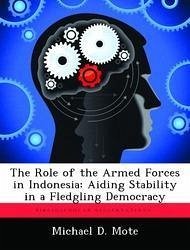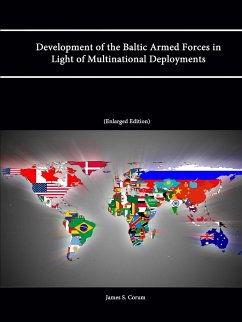
Assessment of the Armed Forces of the Philippines Modernization Program
Versandkostenfrei!
Versandfertig in über 4 Wochen
52,99 €
inkl. MwSt.
Weitere Ausgaben:

PAYBACK Punkte
26 °P sammeln!
The abrogation of the United States (US) Military Bases Agreement in 1992 left the Philippines with very limited military capabilities. With a weak economy, what was left was an Armed Forces of the Philippines (AFP) that can barely contain its internal security threats and has no external defense capabilities. Republic Act (RA) 7898 signed in 1995 provided the legal basis for the implementation of the AFP Modernization Program. It approved the fifteen-year program in the amount of 331 billion pesos. This study aimed to determine the current state of the AFP Modernization Program by assessing t...
The abrogation of the United States (US) Military Bases Agreement in 1992 left the Philippines with very limited military capabilities. With a weak economy, what was left was an Armed Forces of the Philippines (AFP) that can barely contain its internal security threats and has no external defense capabilities. Republic Act (RA) 7898 signed in 1995 provided the legal basis for the implementation of the AFP Modernization Program. It approved the fifteen-year program in the amount of 331 billion pesos. This study aimed to determine the current state of the AFP Modernization Program by assessing the implementation of the Capability, Materiel, and Technology Development (CMTD) of the program from 2000 to 2006. Using the descriptive-evaluative research method, several factors were identified to have influenced in the implementation of the program, namely: funding, lengthy acquisition process, changes in acquisition policies, shifting of priorities and programs, and assignment of key personnel. The successful implementation of the AFP Modernization Program will need the commitment of the AFP, the Philippine Congress, and the government leadership.














